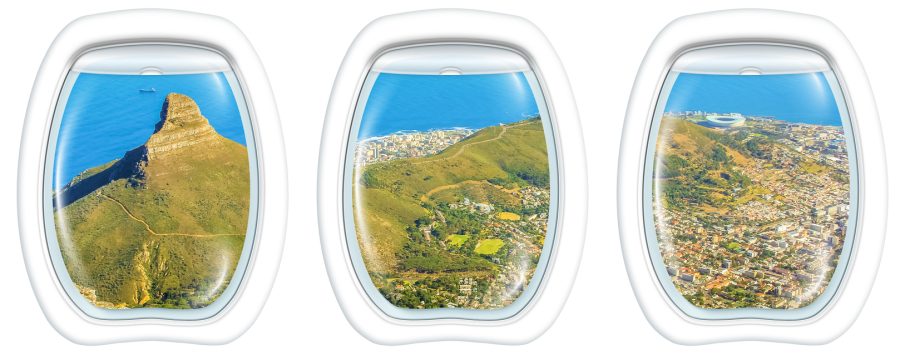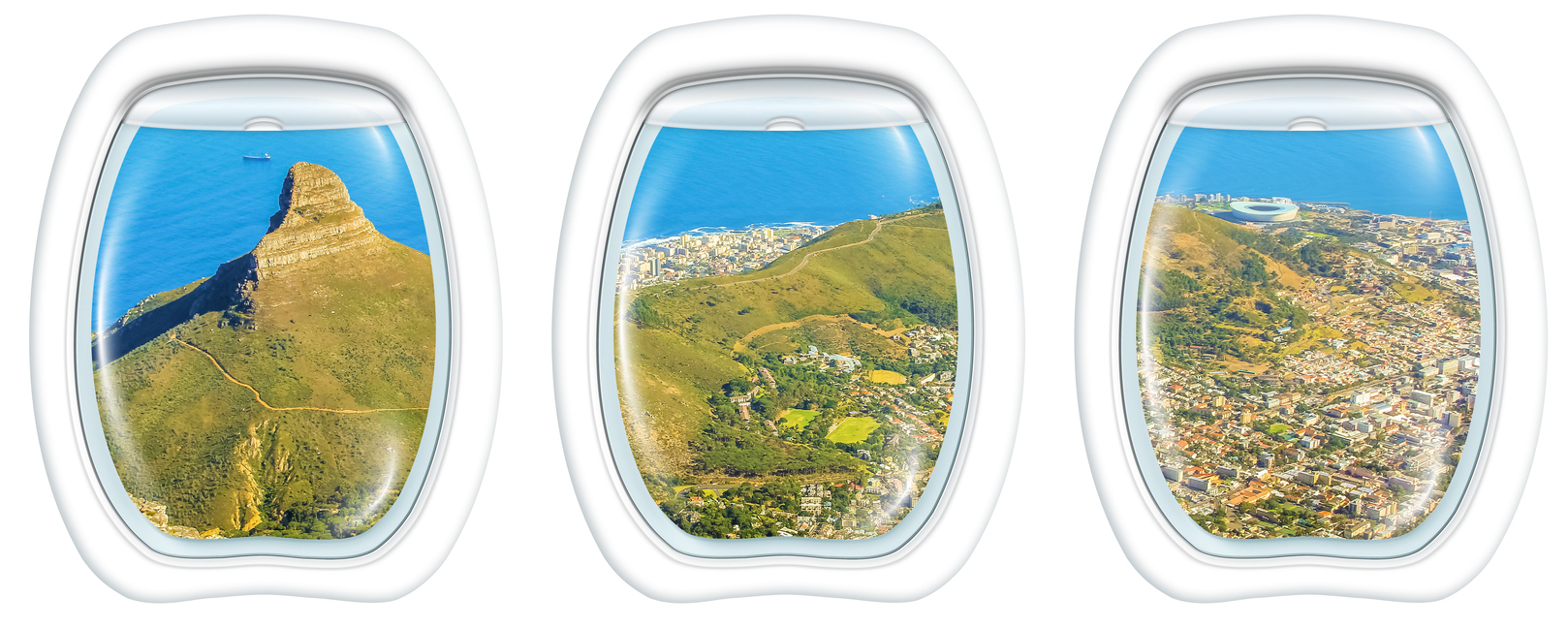
Cape Town Takes Off with 200 Weekly International Flights BUT Kudos to Locals Who Also Saved the Day
International tourists are flocking to South Africa, with the Western Cape celebrating a whopping 191 international flights into Cape Town International Airport each week. BUT it’s South Africans themselves who saved the day during the Omicron nightmare, embracing the local is lekker attitude and spending their hard-earned rands on holidays at home. Addressing World Tourism […]

International tourists are flocking to South Africa, with the Western Cape celebrating a whopping 191 international flights into Cape Town International Airport each week. BUT it’s South Africans themselves who saved the day during the Omicron nightmare, embracing the local is lekker attitude and spending their hard-earned rands on holidays at home.
Addressing World Tourism Day (today) attendees in Overberg District, Western Cape Finance Minister, Mireille Wenger, said:
“All indications point to an impressive upcoming summer season in Cape Town and the Western Cape. Today, I am overjoyed at the news that 184 international flights per week are expected between November 2022 and the end of December 2022, increasing to 191 fights per week between January 2023 and March 2023.
“This amounts to roughly 1.56 million two-way seats, with the potential to generate tourism spend of an estimated R7.9 billion. This is incredible news for the Western Cape, and this is incredible news for South Africa as well.”
As to growth barriers, the minister said: “I have been in conversation with the management of the Cape Town International Airport, and they have indicated that the current fuel shortages experienced at the airport are short term and not systemic, and that extra fuel storage capacity is being brought online at CTIA ahead of the tourism peak season.”
Minister Wenger said the Western Cape is committed to working with the ANC government to grow tourism “for the benefit of the residents of the Western Cape and South Africa”.
Local is Lekker saves the day
In another report, it was revealed today, that it’s thanks to these local residents that Cape Town’s tourism sector was rescued in the wake of the Omicron variant in 2021.
Crash-and-burn is one way to describe the devastating effect that the COVID-19 pandemic, in particular the Omicron variant, had on Cape Town Central City’s visitor economy in late 2021.
And the timing couldn’t have been worse, with this variant surfacing in South Africa in December of that year. Fortunately, the corresponding surge in international travel cancellations were countered by an uptake by local tourists.
This is one of reflections coming out of the latest State of Cape Town Central City Report 2021 – A Year in Review (SCCR) released this month, published by the Cape Town Central City Improvement District (CCID).
The removal of South Africa from the so-called travel red list in October 2021 prompted strong signs of recovery. In fact, at the time, occupancy rates in Cape Town were at 50% and above for October, November and December.
Then Omicron hit and what resulted was a swift return of travel bans. Within 48 hours of Omicron’s discovery, South Africa’s tourism and hospitality sectors lost around R1 billion in cancelled bookings. By mid-December, South Africa faced heightened travel restrictions from around 90 countries.
According to Kirsty de Groot of HTI Consulting, with Cape Town being the country’s tourism hub, it was the hardest hit by international cancellations. “Prior to the pandemic, the tourism industry employed close to 50 000 people directly and generated around R15 billion per annum. The average international tourist spends nine times more during their time in Cape Town than local visitors spend,” she says.
But amid this chaos, there was a silver lining.
A dipstick survey conducted by Cape Town Tourism found that 57% of its members – including restaurants, hotels, shopping malls and tour operations – performed better in December 2021 compared with the previous year. Almost two thirds (64 %) of its members reported a rise in domestic visitors.
Occupancy for greater Cape Town was reported at 32.2 % for the year ending December 2021, up from the disappointing 28.3 % achieved in 2020. Given that 2021 saw a number of hotels re-opening after 2020 and new properties entering the market, this increase is even more significant.
Adding to the occupancy capacity of the Mother City in 2021 was the opening of the new 500+ room Hotel Sky, Old Bank Hotel, The Capital 15 on Orange, and the much-anticipated Rockefeller aparthotel.
A combination of the steady roll-out of vaccinations and the “normalisation” of living with the pandemic, along with reduced rates offered to domestic travellers, domestic tourism was instrumental in saving the central city and its visitor economy.
“What the SCCR report and these latest statistics reinforce is that the Cape Town inner city is the best place to work, live and play, and that despite many hardships and restrictions, it has proven itself resilient once again,” says Tasso Evangelinos CEO of the CCID. “This is the core of the city, where business, pleasure, travel and entertainment merge, and it is because of the locals that we survived many a hurdle in 2021”.
Given the removal of all Covid regulations, many hoteliers are expecting that the peak season for 2022/2023 will be strong, and with many opportunities awaiting in 2023 including the return of the conferencing market on which many hotels rely.
With these insights coming to the fore in the latest SCCR report and with World Tourism Day on 27 September, Cape Town Central City Improvement District (CCID), wants to thank South Africans again for supporting the city.
“International tourists love Cape Town, but it’s the locals who keep the city thriving…”
“As the pandemic has taught us, the locals sustain businesses, so rethinking tourism should consider the domestic market as well. International tourists love Cape Town, but it’s the locals who keep the city thriving” says Enver Duminy, CEO of Cape Town Tourism, reflecting on the theme of Tourism Month 2022 being ‘Rethinking Tourism: Opportunities Await’.
